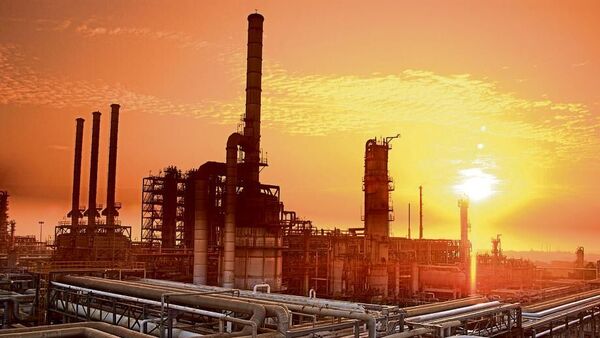New Delhi: State-run oil refiners more than doubled their refining margins in the nine months to December, benefiting from the lower costs of imported crude oil from Russia, official data showed.
All major state-run refiners at least doubled their gross refining margins (GRM) in the nine-month period, according to data from the Petroleum Planning & Analysis Cell (PPAC). Indian Oil Corp.’s GRM rose from $8.52 to $21.08 per barrel, Hindustan Petroleum Corp. from $4.50 to $11.40, Bharat Petroleum Corp. from $6.78 to $20.08, and Mangalore Refinery and Petrochemicals Ltd from $5.80 to $11.70.
India managed to partially mitigate the impact of soaring global energy prices by diversifying its sources of crude oil imports, with Russia emerging as a key supplier, offering oil at a discount to market prices. As a result, Russia surpassed other nations to become India’s second-largest oil supplier for the previous fiscal year, with crude oil imports valued at $24.69 billion as of February.
Rising demand for petroleum products also aided margins. Oil product consumption increased 11% to 201.8 million tonnes during April-February from 182.18 million tonnes a year earlier, according to PPAC data. This was led by an 8.9% growth in petrol sales, a 7.5% rise in gasoil and a 43% growth in jet fuel consumption. In February, consumption grew 5.7% to 18.5 million tonnes from the previous year.
Benchmark Singapore GRMs have been rising since December 2021 as the resumption of economic activity across manufacturing, industrial and other sectors boosted fuel demand. In addition, growing air traffic increased jet fuel sales. Refiners have also seen improvement in crack spreads, which refer to the price difference between a barrel of crude oil and the petroleum products refined from it.
A recent ICRA report said that although GRMs have increased in the past several months, they have started to moderate, even as the cracks for diesel and jet fuel continue to remain healthy. It noted that amid elevated refining margins, the Centre imposed special additional excise duty on certain refinery products with effect from 1 July 2022, reducing the profitability of refiners to some extent. “Crack spreads have been healthy since May 2022. Both diesel and ATF spreads have been quite good. These have uplifted the overall refining margins. Cheaper Russian imports have also led to higher margins,” said Prashant Vasisht, co-head of corporate ratings at ICRA.On Tuesday, however, due to the ease in crude prices in March, the Centre cut the so-called windfall tax on the sale of locally produced crude to nil from ₹3,500 per tonne during a fortnightly review. However, analysts expect the duty to return as crude prices have surged in the past two days after the Organization of the Petroleum Exporting Countries and its allies, known as Opec+, announced an additional output cut of 1.16 million barrels per day from May till the end of 2023.
Experts said Brent might touch $100 with the production cuts. “Upstream companies are expected to benefit owing to higher profits and cash accruals, though a large part of the same is likely to be shared with the government in the form of special additional excise duties,” said Vasisht.
Download The Mint News App to get Daily Market Updates & Live Business News.
More
Less
#Refining #margins #jump #product #demand
